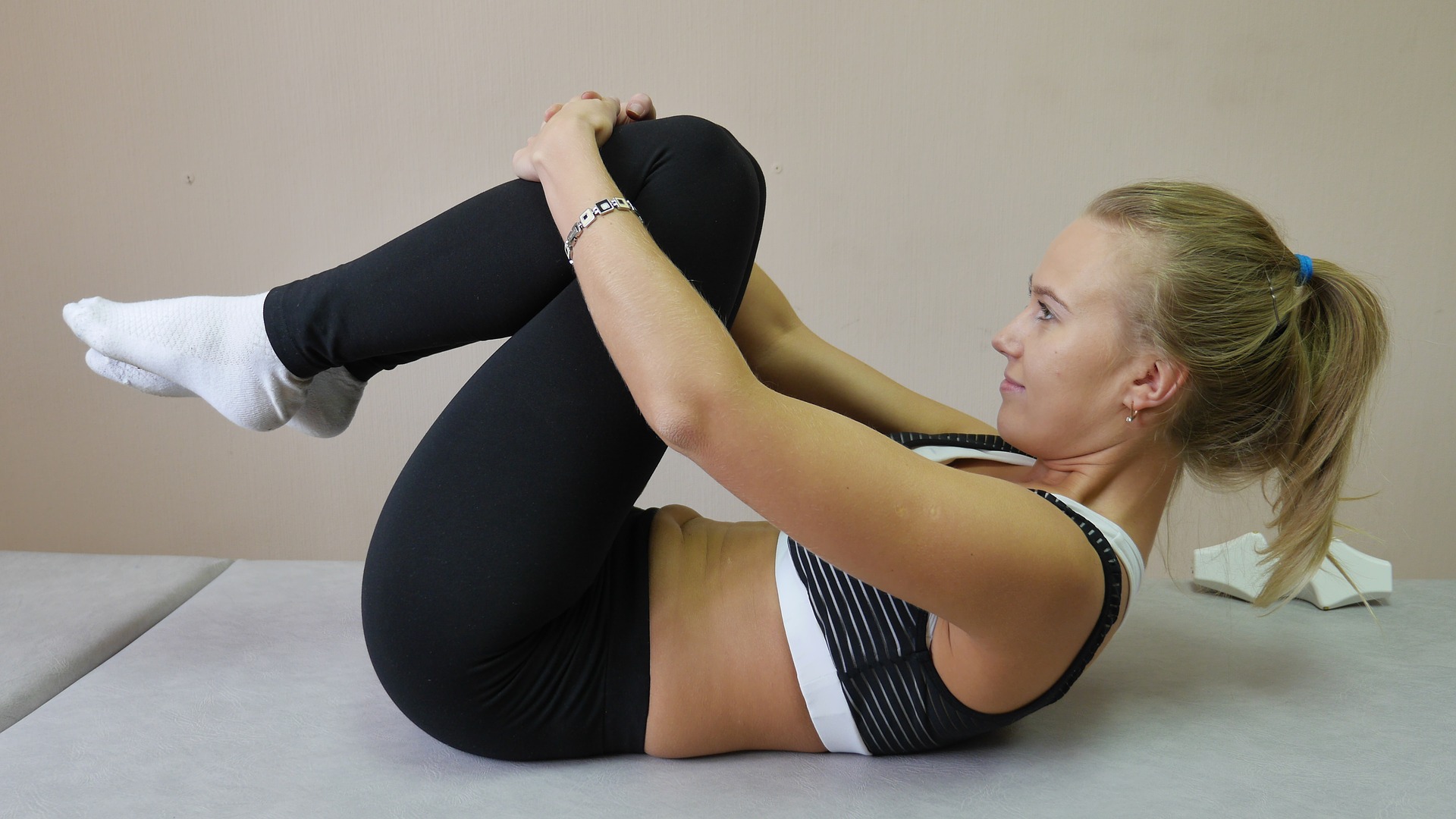Try this simple technique to reduce your low back and hip pain and spare your lumbar spine and hips.
The technique is to brace your core when doing specific movements. The best way I know to CUE this is to imagine that someone is about to punch you in the stomach and they give you a second to prepare. TRY IT RIGHT NOW. It’s really very simple.

But you also need to know when you’re supposed to do this. You clearly don’t want to walk around like this all the time. Your friends would wonder, “What’s with the constipation face?” The major times to do this are any time you are doing any kind of squatting or bending over, whether to pick something up or not. This also includes any time you stand up from a seated position, including when you first get out of bed in the morning. In fact, especially when you get out of bed in the morning. The first 30 minutes after waking up is the most vulnerable your discs will be all day.
From an exercise and weight training perspective, it’s very important to use this bracing technique, particularly when squatting, deadlifting, or picking up weights to put on a bar.
That’s it! It’s simple! This technique can save you much hassle from back pain! If you want to understand more you can keep reading below.

Likely Pain Generator: Intervertebral Disc
Low back DISC pain is a very common source of pain. The majority of people will experience it in their lifetime. We’re not talking about a herniated, slipped, torn, or ruptured disc. I tend to refer to it as an “irritated disc”. It’s like how you can strain a muscle without tearing it or sprain a ligament without tearing it. It’s going to cause pain, but it’s a lower grade of injury.
The disc is not well vascularized (it has a low blood supply), so it takes a relatively long time to heal, typically in the ballpark of 2-3 months. But that depends a lot on how you move. If you hit your thumb with a hammer every day, it’s probably going to stay sore for a long time.
One of the phenomenon’s with the diagnosis of disc pain is that it often carries an irrational emotional component to patients because it is not well understood or differentiated by grade. When a doctor mentions a vertebral disc injury, it sounds very serious. If I tell you that you sprained the ligaments of your ankle, it doesn’t sound very catastrophic and you would understand that you need to alter how use your ankle temporarily to allow it to heal. You wouldn’t just keep walking on it like you never sprained it; you wouldn’t really have a choice, of course. The intervertebral disc is actually considered to be a ligamentous structure.
Endurance is More Important Than Strength
Functionally speaking, it is more important for the muscles that stabilize the lumbar spine to have good endurance versus being strong with poor muscular endurance. Individuals with low back pain have been found to have less endurance in the stabilizing muscles versus individuals without low back pain.
Another important component to eliminating and preventing low back pain is the timing of the firing of the muscles. This is an element of motor control that the brain controls. Individuals without low back pain fire their stabilizing muscles quicker than individuals who have low back pain. This involves anticipating the need to stabilize that happens somewhat on a subconscious level. Personally, there are many times when I consciously stabilize my core in case my subconscious neglects to do it. After a while it becomes basically a habit; it’s still conscious but barely. One example when I do this is when I get up from a chair. You should be stabilizing your core when you get up from a chair. It’s not a passive event.
According to Professor Stuart McGill, a leading researcher on low back pain; too much loading on the discs can cause injury and pain but too little loading of the discs also leads to disc injury and pain. It’s the same kind of thing with our bones. They need loading in order to be stimulated to become stronger and denser. If we don’t create load on our bones, they become weak and fragile and we get osteoporosis.
Safe and Very Effective Exercises
The following 3 exercises are very safe and effective ways to train core endurance and coordination and ultimately reduce low back pain.
Plank
You don’t need the dowel but it’s good for cueing proper position. The goal is quality over quantity. Start with a couple of sets of 15-second holds and work up to being able to hold it for 1 minute. You can start on your knees if toes are too difficult.

Side Plank
Again, start with a couple of sets of 15-second holds per side and work up to being able to hold a side for 1 minute. You can start on your knees if necessary.

Shoulder Tap Plank (Rotational Stability and Coordination)
This is a good exercise for addressing some of the components of rotational stability through the core. It also helps with timing and coordination as you have to fire your core before you take your hand off the ground. You can adjust your feet closer and farther apart to affect the intensity of the movement. Try incorporating a few sets of 10-15 reps per arm

